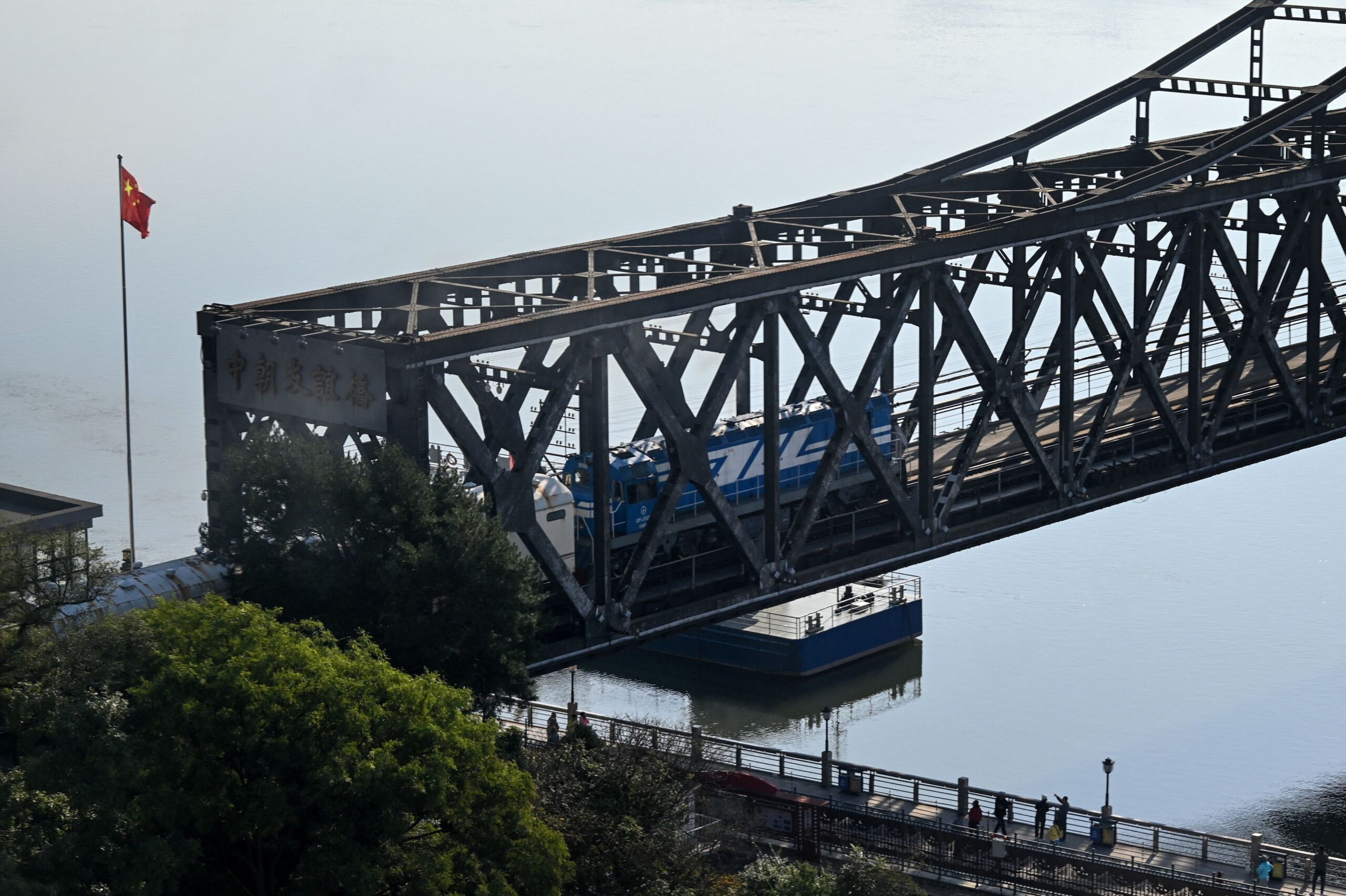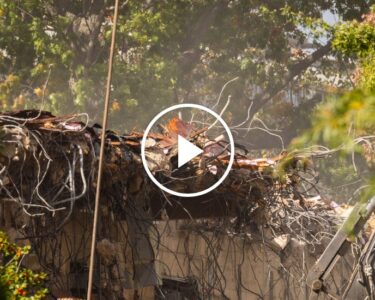North Korea appears to be sabotaging a railroad within its own borders, the South says, as Kim Jong Un continues to order the removal of both physical and symbolic signs of past inter-Korean cooperation.
Any demolition underlines the demise of a 2018 agreement to modernize the line, and the reported dismantling is being interpreted in the South as a symbolic gesture of continued hostility by the North.
The National Intelligence Service in Seoul on Wednesday confirmed a report by the Dong-A Ilbo newspaper, which said railroad tracks on the Donghae line near the eastern border were being partially demolished.
“We are monitoring developments,” South Korea’s spy agency said, after the conservative paper, citing a government source, said personnel in the North had removed railroad ties on their side of the Military Demarcation Line, the de facto inter-Korean border.
Also known as crossties or sleepers, the rectangular supports keep train tracks upright and correctly spaced, ensuring they remain operational.
The Donghae line in the east, and the Gyeongui line in the west, were targeted for modernization as part of an understanding reached in 2018 by Kim and former South Korean counterpart Moon Jae-in. The two railroads had been restored following the inter-Korean summit in 2000, the first such meeting since the Korean War of 1950-1953.
However, the railway plan, along with the fragile inter-Korean peace process, fell through at the Kim-Trump meeting in 2019.
The cross-border Donghae railway has never been used outside of a trial run in 2007, and North Korea’s decision to dismantle it appeared to signal its belief that reconciliation with the South was unlikely.
The South Korean government views the move as a “symbolic measure,” the Dong-A Ilbo said.
Seoul’s Unification Ministry said recently that it expected Pyongyang to announce more “visible” moves to disconnect the two Koreas soon, including at their land and maritime borders, according to the South’s Yonhap news agency.
At a year-end Workers’ Party meeting, Kim defined North-South relations as those of “two hostile states.” In January, he declared South Korea his regime’s “principal enemy” and has ordered the erasure of unification symbols including monuments and stamps.
In April, South Korea’s military said the North’s troops had placed land mines and removed street lights on its side of the land crossings at Donghae and Gyeongui. The roads were opened in 2004 and 2005 to facilitate possible future economic integration.
On Tuesday, South Korea’s President Yoon Suk Yeol formally approved his cabinet’s decision to suspend a 2018 agreement meant to curb tensions at the heavily fortified Demilitarized Zone. It was a response to the North’s sending of nearly 1,000 trash-carrying balloons across the border.
South Korea’s Defense Ministry, which last year resumed reconnaissance flights at the DMZ, said “all military activity” would resume, blaming the North in the process.
The North Korean Embassy in Beijing did not respond to multiple requests for comment.
Uncommon Knowledge
Newsweek is committed to challenging conventional wisdom and finding connections in the search for common ground.
Newsweek is committed to challenging conventional wisdom and finding connections in the search for common ground.
👇Follow more 👇
👉 bdphone.com
👉 ultraactivation.com
👉 trainingreferral.com
👉 shaplafood.com
👉 bangladeshi.help
👉 www.forexdhaka.com
👉 uncommunication.com
👉 ultra-sim.com
👉 forexdhaka.com
👉 ultrafxfund.com
👉 ultractivation.com
👉 bdphoneonline.com




